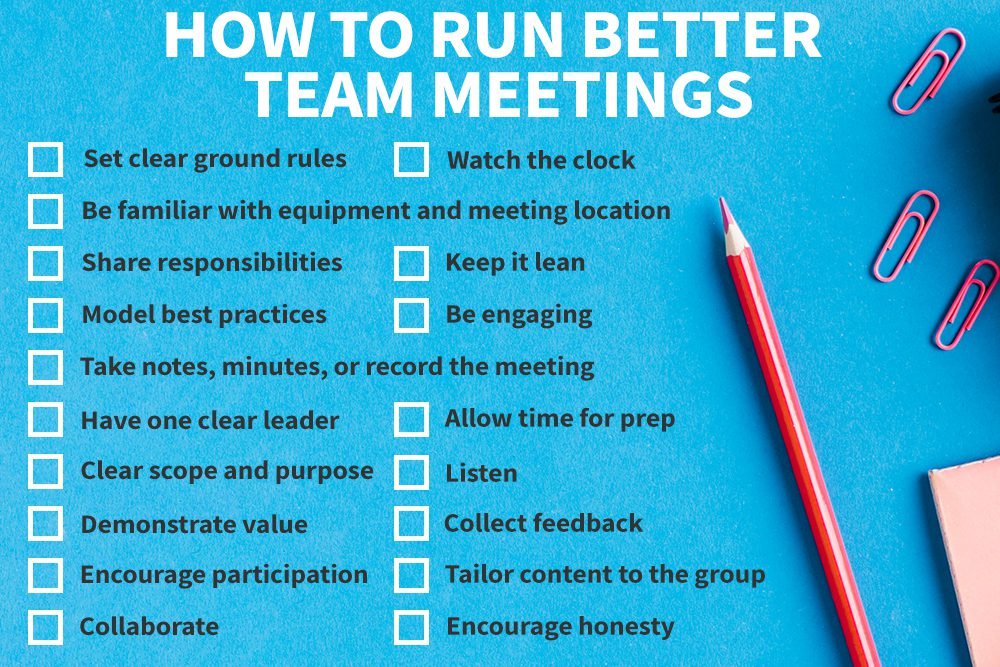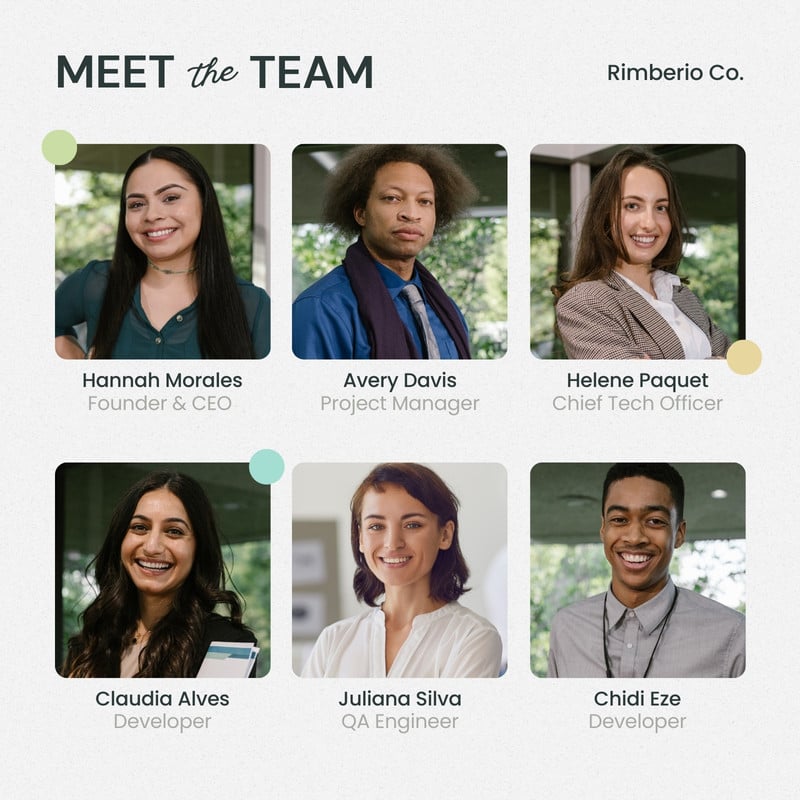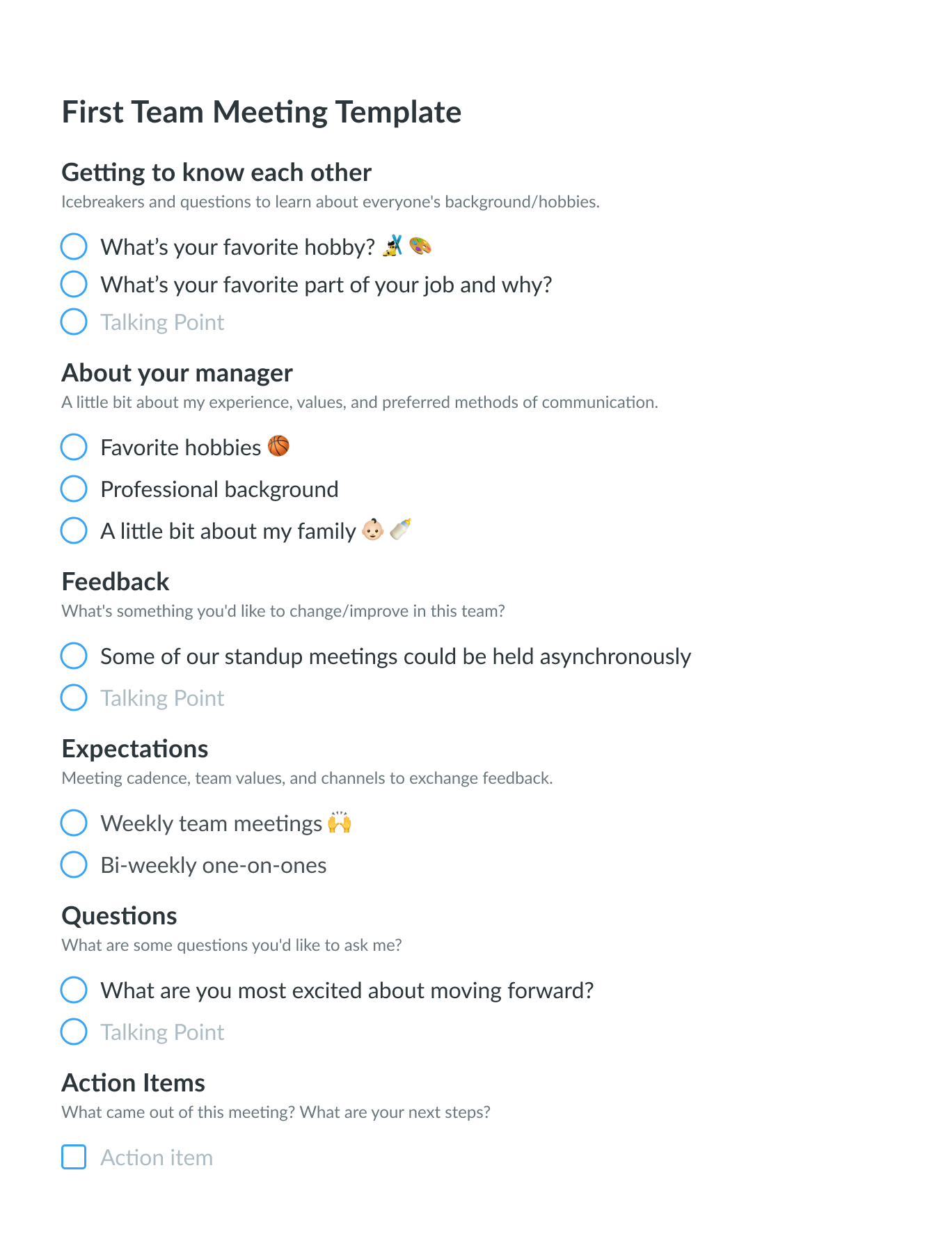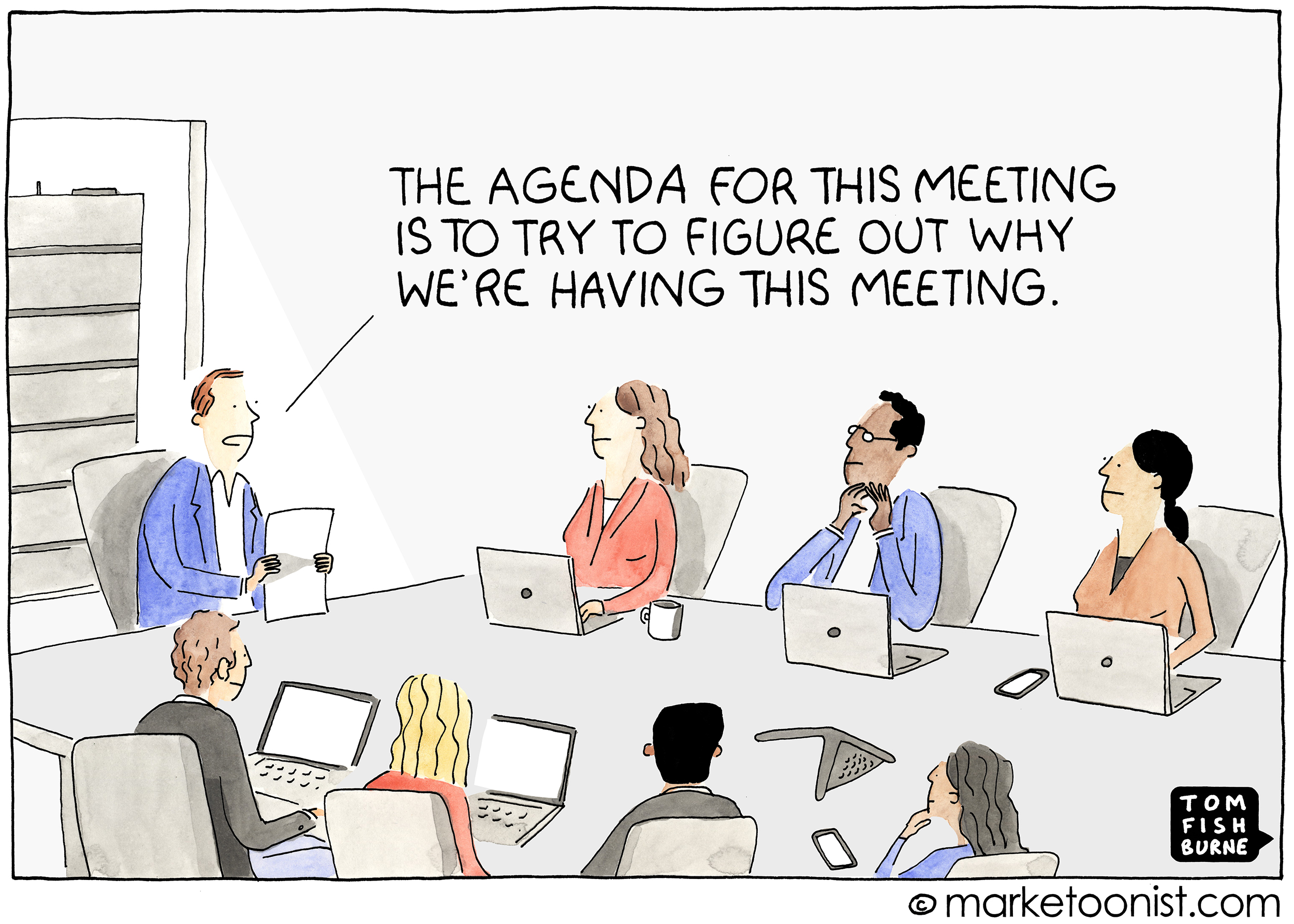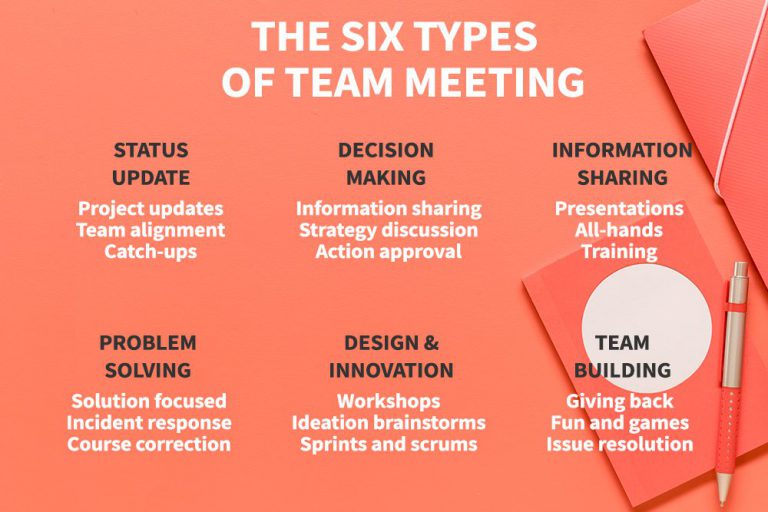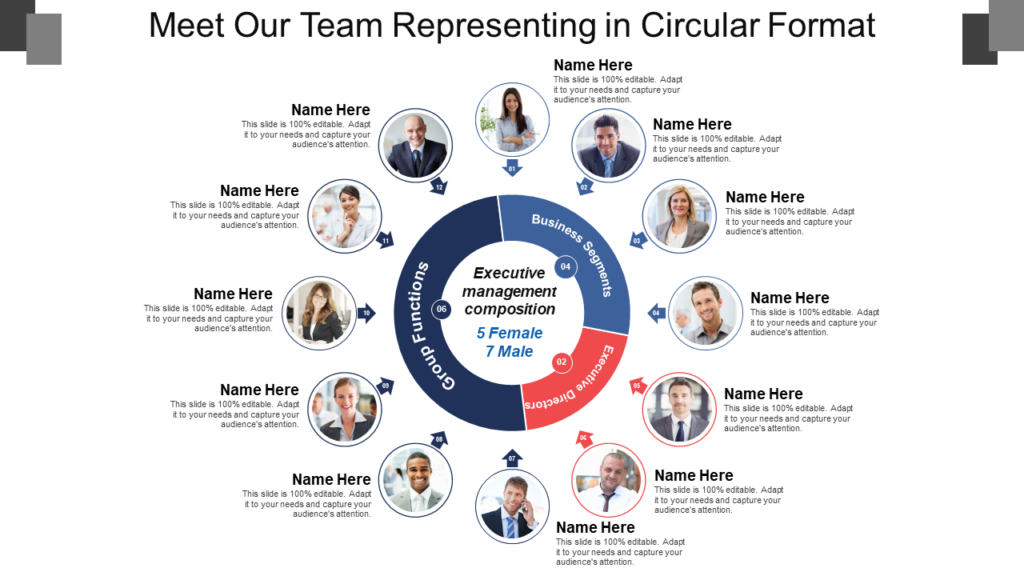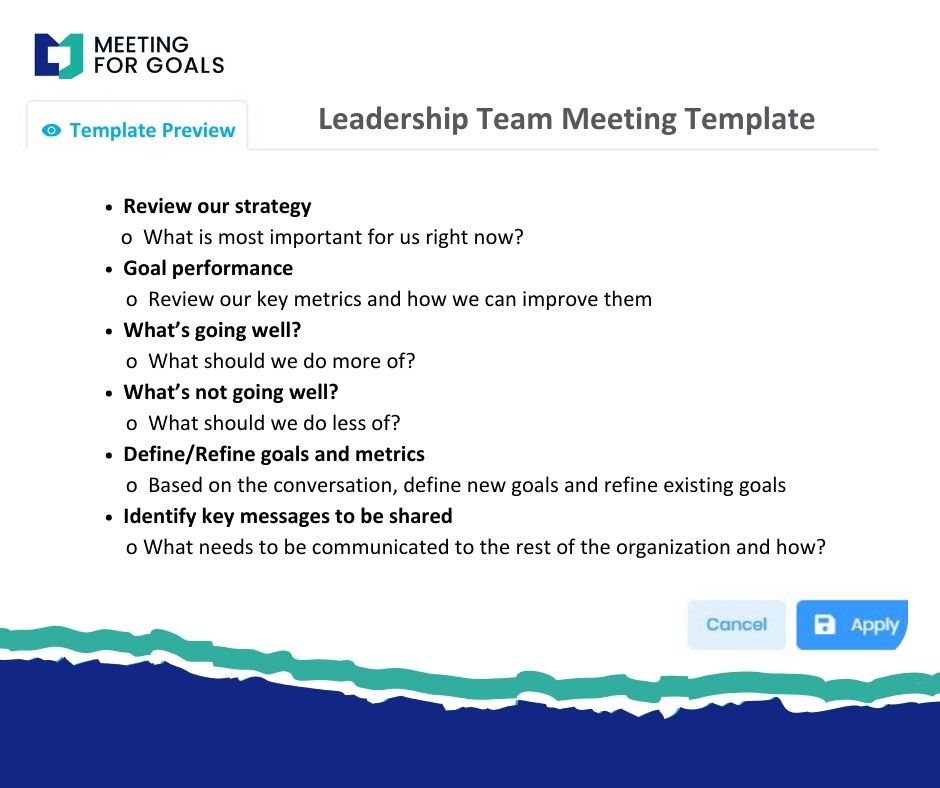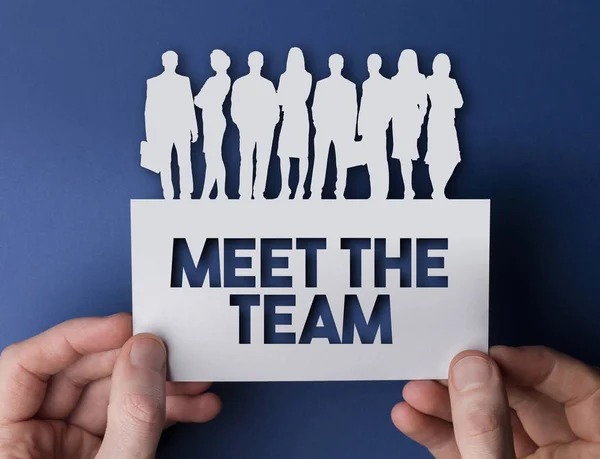Meeting Your Team For The First Time

The scent of freshly brewed coffee hung in the air, mingling with the nervous anticipation that crackled like static electricity. Sunlight streamed through the large windows of the co-working space, illuminating a circle of unfamiliar faces. Each held a hint of curiosity, perhaps mirroring the same blend of excitement and trepidation swirling within.
Meeting your team for the first time is a pivotal moment. It's the cornerstone upon which collaboration, innovation, and shared success are built, setting the stage for future endeavors. The initial impression, the unspoken connections, and the establishment of trust are all critical elements in fostering a productive and positive work environment.
Before this moment, the team existed as names on a screen. Perhaps snippets of their personalities peeked through email exchanges or brief video calls. But now, they are tangible, breathing individuals, each carrying their own unique story and perspective.
The importance of this first encounter shouldn't be underestimated. According to a study by the Society for Human Resource Management (SHRM), positive onboarding experiences significantly improve employee retention. A welcoming and well-structured introduction can drastically reduce early turnover and boost overall team morale.
Planning is key to ensuring a successful first meeting. A thoughtfully curated agenda, including introductions, icebreakers, and an overview of team goals, helps to alleviate anxiety and provide a sense of direction. Sharing personal anecdotes and demonstrating vulnerability can encourage others to do the same, fostering a deeper level of connection.
Active listening is equally crucial. Paying close attention to what each team member has to say, asking clarifying questions, and acknowledging their contributions creates a safe space for open communication. Remember, everyone brings unique skills and experience to the table, and valuing their input from the outset is essential.
Furthermore, establishing clear expectations and communication channels is vital. Discussing preferred methods of communication, project management tools, and decision-making processes minimizes misunderstandings and promotes efficiency. Being transparent about the team's values and mission statement also helps to align everyone towards a common goal.
It's also important to consider the physical environment of the meeting. A comfortable and inviting space can have a significant impact on the overall atmosphere. Providing refreshments, ensuring adequate seating, and minimizing distractions can all contribute to a more positive and productive experience.
Beyond the practical aspects, remember that genuine human connection is at the heart of a successful team. Take the time to learn about your team members' interests, hobbies, and aspirations. Showing genuine care and appreciation fosters a sense of belonging and strengthens team bonds.
Building trust takes time, but the first meeting is an opportunity to lay a strong foundation. Being authentic, approachable, and empathetic sets the tone for a collaborative and supportive environment. As Patrick Lencioni, author of The Five Dysfunctions of a Team, emphasizes, trust is the bedrock of any high-performing team.
Following the initial meeting, it's essential to maintain momentum. Regularly checking in with team members, providing ongoing support, and creating opportunities for social interaction helps to solidify relationships. Remember that team building is an ongoing process, not a one-time event.
Dr. Amy Edmondson of Harvard Business School highlights the importance of psychological safety. Psychological safety, or the belief that one will not be punished or humiliated for speaking up with ideas, questions, concerns, or mistakes, is vital for team innovation.
As the meeting drew to a close, a sense of optimism permeated the room. The initial apprehension had dissipated, replaced by a quiet confidence and a shared sense of purpose. The journey ahead wouldn't be without its challenges, but the foundation for a strong and collaborative team had been laid.
Leaving the co-working space, the sunlight seemed a little brighter, the air a little crisper. It was more than just the end of a meeting; it was the beginning of a shared journey, a collective endeavor, fueled by the power of human connection.
